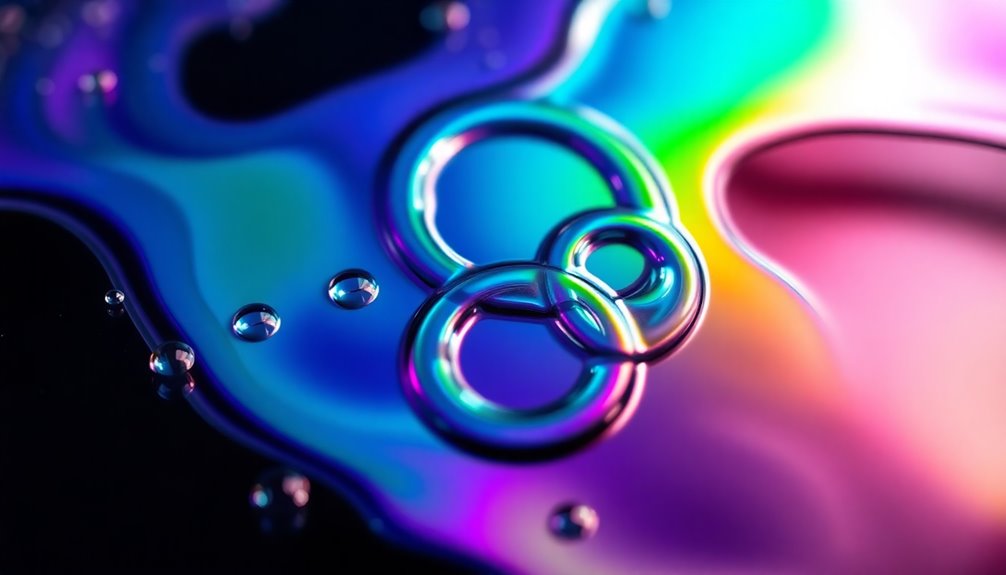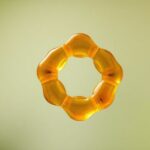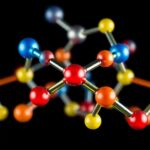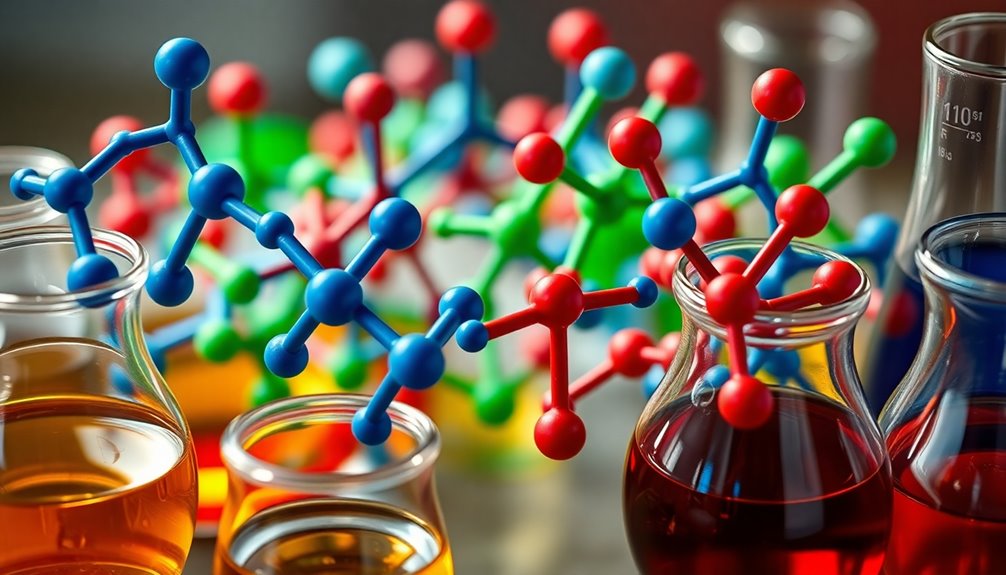A ring is aromatic when it's cyclic, planar, and has delocalized π electrons that follow Hückel's rule—specifically, it needs 4n + 2 π electrons. This structure allows for effective overlap of p orbitals, creating stability through electron delocalization. Common examples include benzene, pyridine, and indole. Aromaticity is vital for various applications, like producing materials for pharmaceuticals and polymers. The unique properties of aromatic rings make them essential in organic chemistry. If you're curious about how these characteristics influence their applications in real life, you'll find more fascinating details ahead.
Key Takeaways
- The compound must be cyclic, allowing for the delocalization of π electrons within the ring structure.
- Planarity is required to ensure effective overlap of p orbitals across the ring.
- Conjugation involves alternating single and double bonds or presence of lone pairs that contribute to electron delocalization.
- The ring must satisfy Hückel's rule, possessing 4n + 2 π electrons for aromatic stability.
- Aromatic rings exhibit significant stability due to electron delocalization, lowering their overall energy compared to non-aromatic structures.
Definition of Aromatic Rings

Aromatic rings are fascinating structures in organic chemistry, defined as cyclic compounds with a conjugated planar ring system that allows π electrons to be delocalized.
To be classified as aromatic, a ring must satisfy Hückel's rule, which stipulates it should contain 4n + 2 π electrons, where n is a non-negative integer. Common examples include benzene, pyridine, and indole, which often feature heteroatoms like nitrogen or oxygen.
The planar nature of these rings is essential for effective p orbital overlap, leading to significant stabilization and unique chemical properties.
Aromatic rings can be categorized into monocyclic, bicyclic, and polycyclic types, each showcasing distinct structural features while retaining the essential characteristics that define their aromaticity.
Structure and Characteristics

When examining the structure and characteristics of aromatic rings, you'll find that their cyclic nature is fundamental to their unique properties. These rings must be planar to guarantee effective overlap of p orbitals, allowing for resonance stabilization. Aromatic compounds exhibit conjugation, featuring alternating single and double bonds, which contributes to the pi electron count. According to Hückel's rule, an aromatic ring contains an odd number of pi electron pairs, specifically following the formula 4n + 2. This delocalization of pi electrons enhances stability, lowering the overall energy of the system compared to non-aromatic structures.
| Characteristic | Description |
|---|---|
| Cyclic | Closed loop of atoms |
| Planar | Flat structure for effective overlap |
| Conjugation | Alternating single and double bonds |
| Stability | Enhanced through electron delocalization |
Criteria for Aromaticity

To determine whether a compound is aromatic, you need to evaluate several key criteria that establish its unique properties.
First, the compound must be cyclic, forming a closed loop important for electron delocalization. It also needs to be planar, ensuring all atoms align for effective p orbital overlap.
Conjugation is essential, requiring alternating bonds or lone pairs that can participate in resonance.
Finally, compliance with Hückel's rule is critical, which specifies that the molecule must possess 4n + 2 π electrons.
- The thrill of discovering aromaticity!
- The elegance of electron delocalization.
- The beauty of resonance in action.
- The strict requirements that define chemistry's magic.
Types of Aromatic Compounds

Understanding the different types of aromatic compounds can deepen your appreciation for their diverse structures and functions in chemistry. Aromatic compounds can be classified into various categories, including:
| Type | Examples | Features |
|---|---|---|
| Monocyclic | Benzene | Single cyclic structure |
| Bicyclic | Naphthalene | Two fused rings |
| Nitrogen-containing | Pyridine, Pyrrole | Basic and non-basic nitrogen rings |
| Oxygen/Sulfur-containing | Furan, Thiophene | Contribute lone pairs to aromatic character |
These structures can be monocyclic or bicyclic, and many include heterocycles with non-carbon atoms. Significantly, compounds like pyridine and pyrrole adhere to Hückel's rule, showcasing their cyclic structure and aromatic character through the presence of 4n + 2 π electrons.
Examples of Aromatic Systems

Aromatic compounds exhibit fascinating structures and behaviors, and exploring specific examples can enhance your grasp of their unique characteristics.
Take a closer look at these remarkable systems:
- Benzene, the simplest aromatic compound, follows Hückel's rule with six π electrons.
- Pyridine features a six-membered ring with one nitrogen atom, which keeps its basicity intact.
- Pyrrole showcases a five-membered ring where nitrogen's lone pair contributes to aromaticity, achieving six π electrons.
- Furan, an oxygen-containing ring, also utilizes a lone pair to maintain six π electrons.
Naphthalene, a polycyclic aromatic compound, consists of two fused benzene rings, ensuring aromaticity through the delocalization of π electrons.
Each of these examples highlights the diverse nature of aromatic systems, inviting further exploration.
Applications and Importance

While the structural uniqueness of aromatic compounds captivates chemists, their practical applications underscore their significance in various industries.
You'll find that around 35 million tons of these compounds are produced annually, essential for manufacturing materials like polyester and nylon. Their stability and unique reactivity make aromatic compounds invaluable in synthetic organic chemistry, influencing the design of pharmaceuticals and agrochemicals.
Additionally, these compounds serve as building blocks in complex molecular structures, allowing for the creation of diverse chemical libraries vital for drug discovery.
Understanding aromaticity not only helps predict how compounds behave in reactions but also enhances the efficiency and selectivity of synthetic processes, making these compounds indispensable in both research and industry.
Frequently Asked Questions
How Can You Tell if a Ring Is Aromatic?
To tell if a ring is aromatic, you'll need to check a few key features.
First, verify it's cyclic and planar.
Then, count the π electrons; it should have an odd number that fits Hückel's rule (4n + 2).
Finally, confirm that all atoms are conjugated, meaning they've alternating single and double bonds or lone pairs.
If it meets these criteria, you're looking at an aromatic ring!
What Are the Conditions for an Aromatic Ring?
Imagine a dance of electrons, swirling gracefully within a ring. To join this elegant performance, a ring must be cyclic and planar, allowing those electrons to glide effortlessly.
It needs alternating single and double bonds for that perfect rhythm of conjugation. Finally, it must satisfy Hückel's rule, possessing 4n + 2 π electrons.
If it skips any of these steps, it'll find itself outside the aromatic spotlight, missing the show.
What Makes a Product Aromatic?
A product's aromaticity hinges on its cyclic structure and planarity.
You need to guarantee that all atoms lie in the same plane for effective overlap of p orbitals.
Conjugation is vital, requiring alternating single and double bonds for delocalized π electrons.
Finally, check for Hückel's rule; if it contains 4n + 2 π electrons, where n is a non-negative integer, you've got an aromatic product.
What Makes a Ring Not Aromatic?
Did you know that about 30% of organic compounds are classified as non-aromatic?
When you look at a ring structure, it's not aromatic if it's non-cyclic, non-planar, or lacks a continuous system of p orbitals.
For instance, cyclobutadiene is antiaromatic with its 4n π electrons, making it unstable.
If the ring doesn't meet the criteria of being cyclic, planar, and conjugated, it just can't achieve aromaticity.
Conclusion
In the world of chemistry, aromatic rings stand out like jewels in a crown, balancing stability and reactivity. Their unique structure, with delocalized electrons, creates a harmony that's both pleasing and powerful. While some compounds burst with energy, others sedately linger, showcasing the versatility of aromatic systems. Understanding these rings not only deepens your grasp of organic chemistry but also reveals their essential role in everything from pharmaceuticals to plastics, illuminating the path of innovation.

















